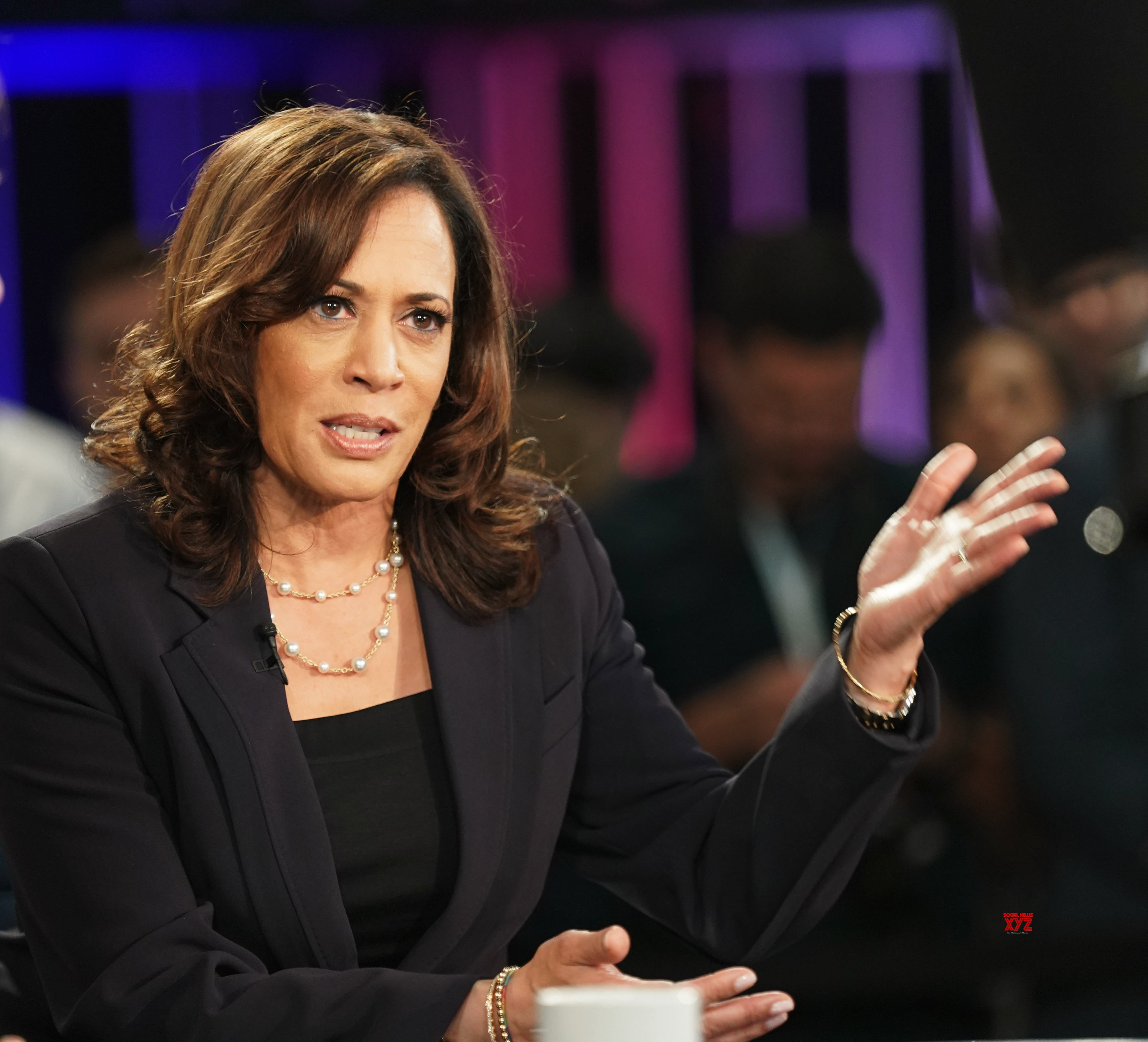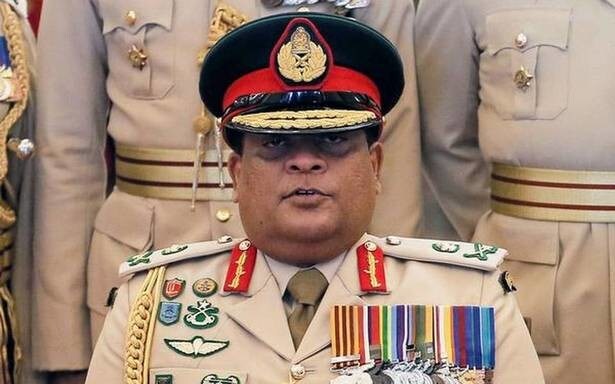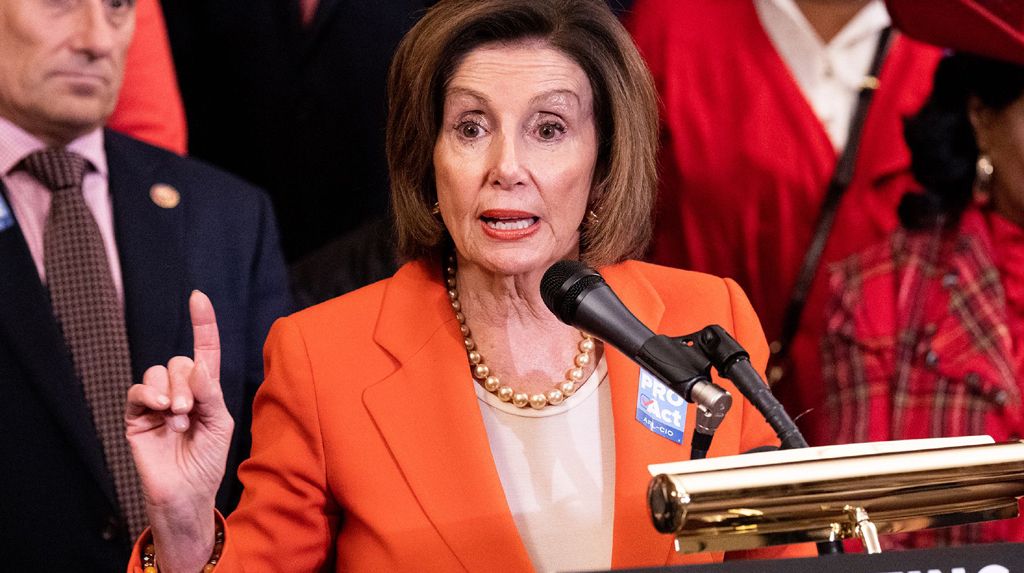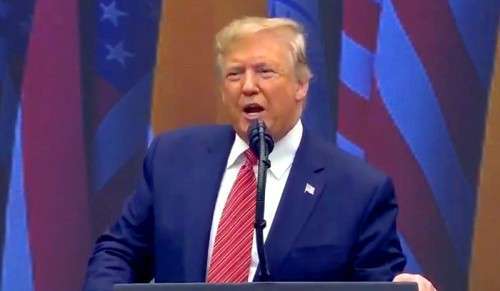
WASHINGTON: Indo-US relations were back on track in 2014 after overcoming major hiccups and bilateral ties are set for a big boost with President Barack Obama slated to make a historic second visit to India next month.
As the year 2014 comes to an end, the strains in India-US relationship have almost disappeared.
Exactly a year ago, the arrest of Indian diplomat Devyani Khobragade in New York had threatened to derail the ties along with the anti-India campaign launched by the influential US corporate sector.
The relationship – for which successive governments in the two countries had worked hard for over a decade – had come to a standstill in the first half of the year.
In fact, months leading to the May general elections also played a part as the Obama Administration thought it was better to wait and deal with the new leadership.
The outgoing government headed by Prime Minister Manmohan Singh was reluctant in taking any decision on even important issues related to bilateral ties.
The first five months of the year could be characterized as stalemate in bilateral ties but collaboration moved at a fast pace ever since Narendra Modi was sworn in as the Prime Minister on May 26.
Even before the swearing-in took place, Obama telephoned Modi to congratulate him on unprecedented electoral victory.
While the White House statement of this maiden tele-conversation did not say much, the subsequent events reflected that it set the tone and pace for the India-US relationship.
In the first 100 days of the new Indian government, Obama sent three of his top Cabinet Ministers – John Kerry (Secretary of State), Chuck Hagel (Defense Secretary) and Penny Pritzker (Commerce Secretary) – to India.
The annual India-US Strategic Dialogue was held in New Delhi instead of Washington as a goodwill gesture for the new government.
The mood about India in Washington suddenly changed with the new government.
Meetings with Modi by top officials of the Obama Administration reflected that the Prime Minister was focused on India’s development and taking Indo-US ties to a new level as he considers it as a win-win for both the countries.
Gauging that the Prime Minister was personally leading efforts to normalize Indo-US ties, Obama invited Modi to the White House immediately after the UN General Assembly session in New York.
The maiden meeting between the two leaders at the White House on September 30 helped establish a personal relationship between Obama and Modi – the two most popular political leaders on the social media.
Welcoming Modi at the White House, Obama greeted him in Gujarati – Kem Chho – with help from his Assistant Secretary of State for South and Central Asia Nisha Desai Biswal, who is of Gujarati-origin.
The next day, in a rare gesture, Obama changed his schedule to drive down with Modi to the memorial of Matrin Luther King. The two drove to the memorial in the Beast – the official limousine of the US President.
It was also for the first time that a US President and an Indian Prime Minister wrote a joint op-ed and pledged to move together – “Chalein Saath Saath”.
The joint statement that was issued after the Modi-Obama meeting was reflective of the new mood in the bilateral ties.
The two sides agreed to take their counter-terrorism co-operation to a new level.
It opened up new vistas for the relationship particularly in the field of space, climate change and urban infrastructure.
As officials from the two countries were busy doing follow ups by scheduling more than a dozen meetings in November and December, Modi used his twitter handle to announce that he had invited Obama to be the Chief Guest at the annual Republic Day Parade on January 26.
The invitation was accepted by the White House. Obama is all set to visit India in January.
This would be for the first time that a US President would attending the Republic day parade as the Chief Guest.
Obama would also be the first serving US President to visit India twice.
While officials of the two countries are tight lipped about the trip, it is certain that it would be a memorable visit – bringing India and the US closer than ever.
It is slated to be a relationship driven by people-to-people and business with the governments playing the role of a catalyst.
At the regional and global level, the two countries would be seen working together on a host of issues as the national interest of both India and US converge much more than ever in the past.
The internal domestic politics and the sharp Republican-Democratic divide on key foreign policy issues are unlikely to have an impact on US-India policy.
Obama’s Democratic Party received a drubbing at the hands of the Republican Party in the November Congressional elections.
In the new 114th Congress that convenes in January 2015, the Republican Party would have control over both the House of Representatives and the Senate.
The bipartisan nature of support to India-US relationship is evident from the fact that the top Republican leadership have supported Obama’s India trip in January.
Soon on his arrival from India, the US President would deliver his State of the Union Address in his joint address to the Congress.
However, the domestic front is not going to be a smooth affair for Obama, given the Republican majority in the Congress.
Obama is expected to face bumps on the road on a host of issues including immigration, health care, economic reforms, and getting Congressional confirmation of presidential nominations.
To the credit of Obama’s policies in the last six years, the American economy is back on track.
The US economy grew at a record five percent in the third quarter. As a result of which the Dow crosses the 18,000 mark for the first time ever.
In November alone 3,12,000 new jobs were added to the US economy and the unemployment rate dropped to a six-year low of 5.8 per cent.
Experts say the US economy is likely to continue to grow next year.
The American economy is now much less dependent on exports than are countries like Germany, China and Japan.
To top it all, are the steps taken by the Obama Administration in the energy sector.
American import of crude oil has dropped nearly 20 per cent in the last four years and is expected to decrease in the coming years.
US oil production has jumped from five million barrel a day in 2004 to nearly nine million barrel a day in 2014.
While American economy is successfully back on track from the worst ever depression in a century, a series of incidents like the Ferguson shooting this year has brought back race into US domestic politics.
A latest poll conducted by Washington Post-ABC News only 1 in 10 African Americans says blacks and other minorities receive equal treatment with whites in the criminal justice system, roughly half of all white Americans say the races are treated equally in the justice system and 6 in 10 have confidence that police treat both equally.
Another poll by NBC News revealed that race relations in the US today are at the worst in 10 years.
Obama himself has tried to address the issue and in media interactions has argued that racial tension is not increasing.
“No, I actually think that it’s probably in its day-to-day interactions less racially divided,” Obama told the NPR in an interview.-PTI






